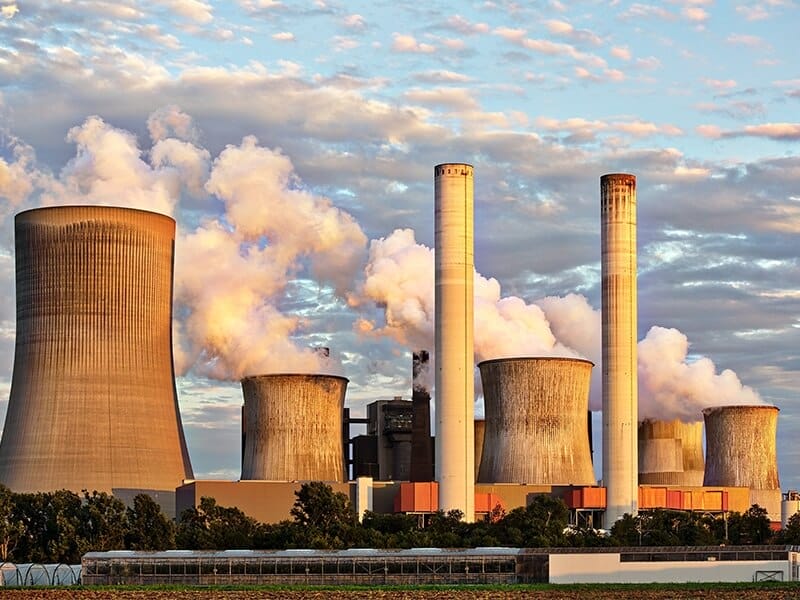
Monitoring Sulfur Dioxide
Formula: SO2 | CAS: 7446-09-5
EPA’s national ambient air quality standards for SO2 are designed to protect against exposure to the entire group of sulfur oxides (SOx). SO2 is the component of greatest concern and is used as the indicator for the larger group of gaseous sulfur oxides (SOx). Other gaseous SOx (such as SO3) are found in the atmosphere at concentrations much lower than SO2.
The Basics of Detecting Sulfur Dioxide
Properties | Exposure | Detection
Sulfur dioxide (SO2) is a colourless gas with a very pungent odour, resulting in the breather feeling like they are choking or suffocating since it is heavier than air. SO2 is an inorganic substance that is naturally released during volcanic eruptions and in the stratosphere at about 1ppm. The substance is easily dissolvable in water, not naturally unstable and is not very flammable. The substance has the potential to become corrosive when reacting with water as it converts to sulfurous acid. It should be noted though, after prolonged exposure to high heat or fire, SO2 can erupt violently (hence it’s exosphere during volcanic eruptions).
”Sulfur dioxide is used in many industries. It’s used to manufacture sulfuric acid, paper, and food preservatives. Some examples of workers at risk of being exposed to sulfur dioxide include the following:
CDC - Centers for Disease Control and Prevention
- Factory workers in industries where it occurs as a by-product, such as copper smelting or power plants
- Industry workers that manufacture sulfuric acid
- Workers in plants that produce paper
- Food processing to preserve foods, such as dry fruits
- Workers who manufacture fertilisers
How Does SO2 Leak Into the Atmosphere?
The largest source of SO2 in the atmosphere is the burning of fossil fuels by power plants and other industrial facilities. Smaller sources of SO2 emissions include: industrial processes such as extracting metal from ore; natural sources such as volcanoes; and locomotives, ships and other vehicles and heavy equipment that burn fuel with a high sulfur content.
Detection Of Sulfur Dioxide (SO2)
SO2 gas detectors such as ION Science ARA SO2 detector should be considered as they alert the personnel of dangerous levels of gas exposure. Devices with a fast response time and sturdy construction are important for use in harsh environments where SO2 may occur. ARA SO2 detectors help to protect yourself/your employers from this potentially lethal gas with a personal SO2 alarm.
The ARA SO2 single gas detector is a cost-effective personal detector with 24 months of continuous operation. This wearable gas detector has a single button operation to make things quick and easy and also alerts workers when concentration levels exceed set safety levels.
Download our FREE Guide
“The Basics of Detecting Sulfur Dioxide”
The basics of detecting Sulfur dioxide guide which can be downloaded below provides the reader with an in-depth balance of knowledge regarding the danger of SO2 in many of industries. A main industry with concerns for SO2 exposure is the Food & Beverage Industry as it is essential in food and beverage preservation, such as to maintain the state of dried fruits through antimicrobial properties preventing oxidation. This can also be seen in the process of wine making, removing the smell of vinegar during the ageing process. It is safe for consumption during food processing, but those with asthmatic or other respiratory problems should proceed with a side of caution since it can be life-threatening within minutes of ingestion. Learn more by downloading our guide below.













